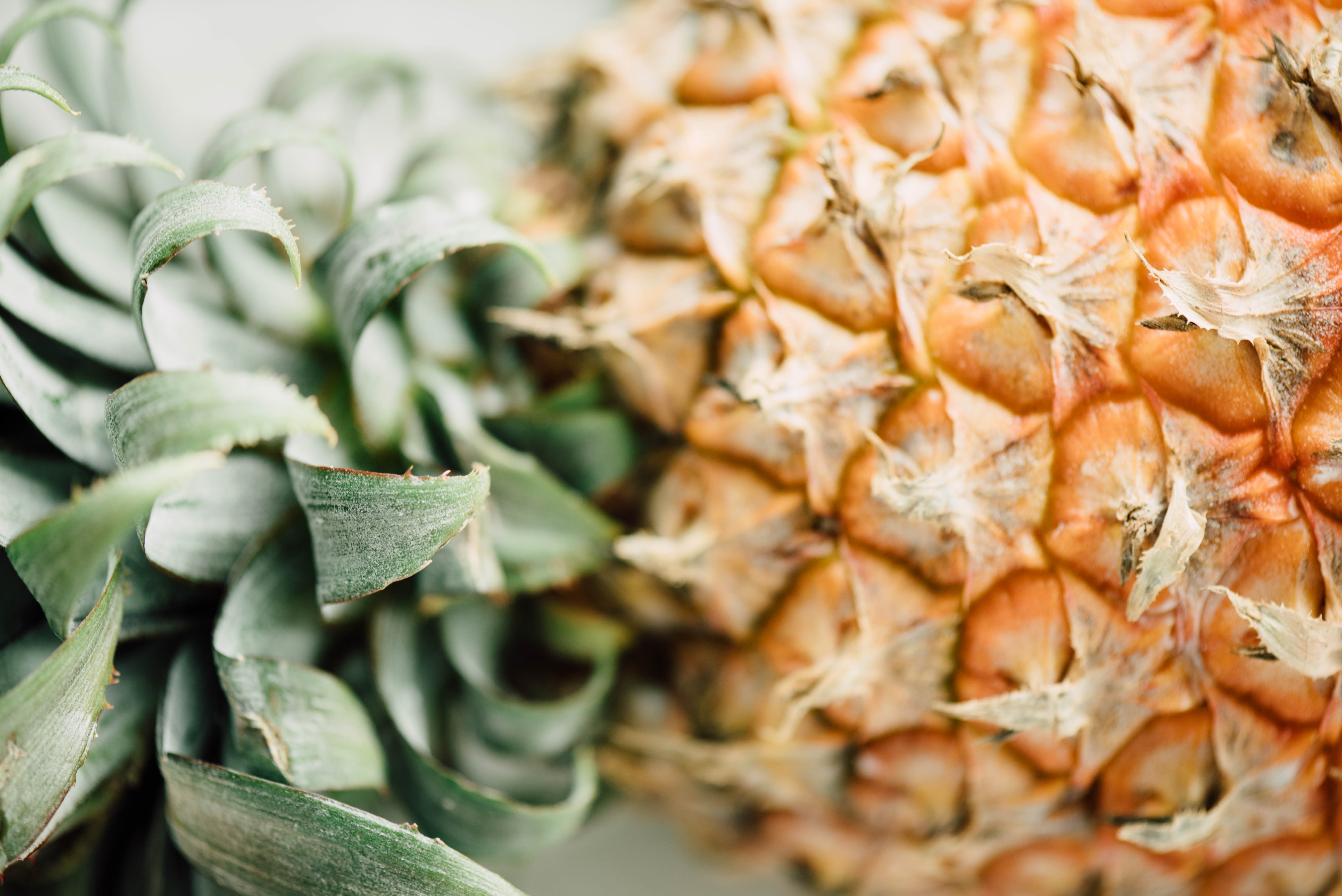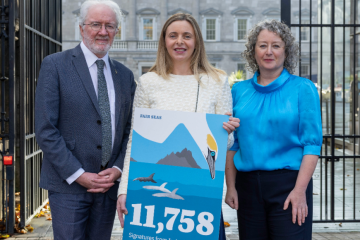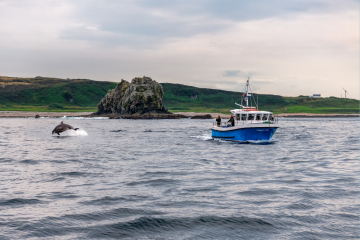Great Pacific Garbage Patch growing at alarming rate, new research finds

April 5th, 2018
A three-year research study has documented 1.8 trillion pieces of plastic weighing 80,000 metric tonnes drifting across the Great Pacific Garbage Patch (GPCP).
The results published in the journal Scientific Reports reveal that the GPGP – 1.6 million square kilometres – is covered by 10kg of plastic per square kilometre.
The GPCP region is located midway between Hawaii and California and is one of the largest built-up areas of plastics in the world.
The expedition was conducted by an international team of scientists from the Ocean Clean-up Foundation and six universities using 30 vessels and two surveillance aircraft.
The mothership RV Ocean Starr trawled two to six-meter-wide devices sampling objects of varying sizes. The fleet involved in the sample collection were equipped with standard surface sampling nets.
An aircraft equipped with advanced sensors was used to obtain multispectral imagery and 3D scans of the ocean garbage.
A total of 1.2 million plastic samples were collected for the study in addition to the aerial scans performed on more than 300 km2 of the ocean surface.
It is estimated that 92 per cent of the mass are large plastic objects and 8 per cent are microplastics.
Chief Scientist Dr. Julia Reisser said that the team was surprised by the amount of large plastic objects they encountered.
“We used to think most of the debris consists of small fragments, but this new analysis shines a new light on the scope of the debris,” she said.
The plastic accumulation rate inside the GPGP indicated that the inflow of plastic into the patch continues to exceed the outflow, according to Laurent Lebreton, lead author of the study.
Founder of the Ocean Cleanup and co-author of the study Boyan Slat, added: “These results provide us with key data to develop and test our clean up technology, but it also underlines the urgency of dealing with the plastic pollution problem.”
“Since the results indicate that the amount of hazardous microplastics is set to increase more than tenfold if left to fragment, the time to start is now.”
The Ocean Cleanup is designing a fleet of extremely long floating screens that will remain in the water to act like an artificial coastline, enabling the ocean to concentrate the plastic using its own currents.
Once fully operational, the organisation says that its fleet is expected to remove 50 per cent of the Great Pacific Garbage Patch in a five year period.
[x_author title=”About the Author”]







